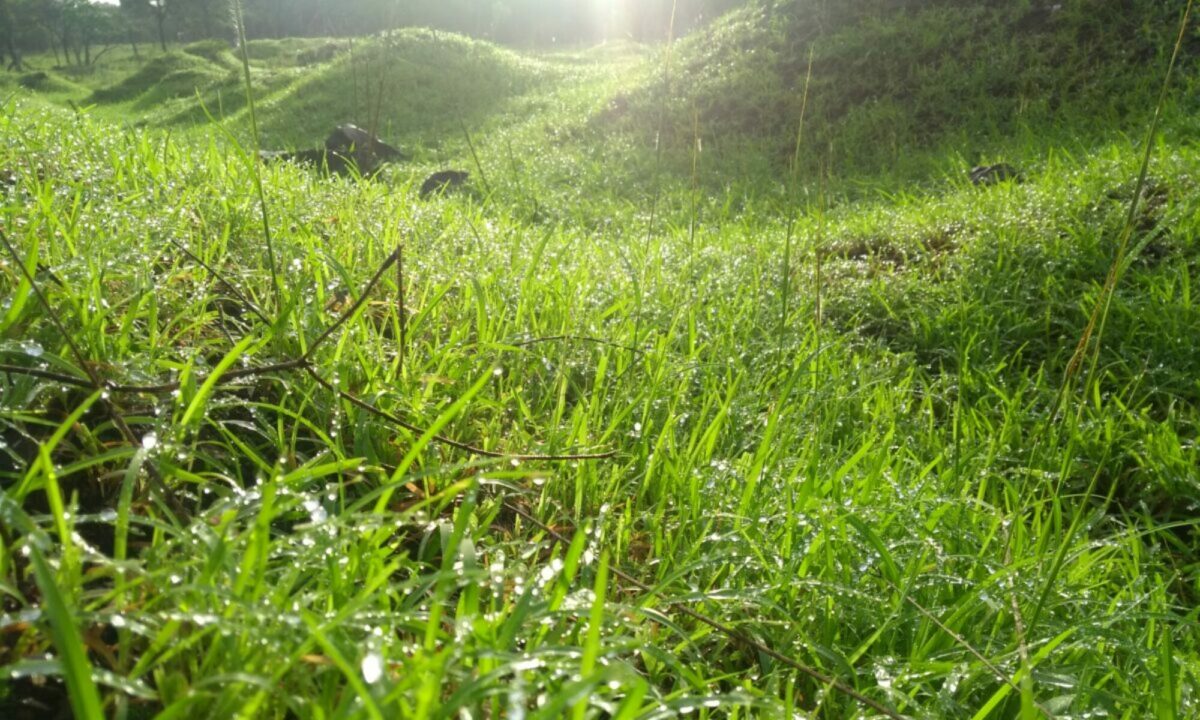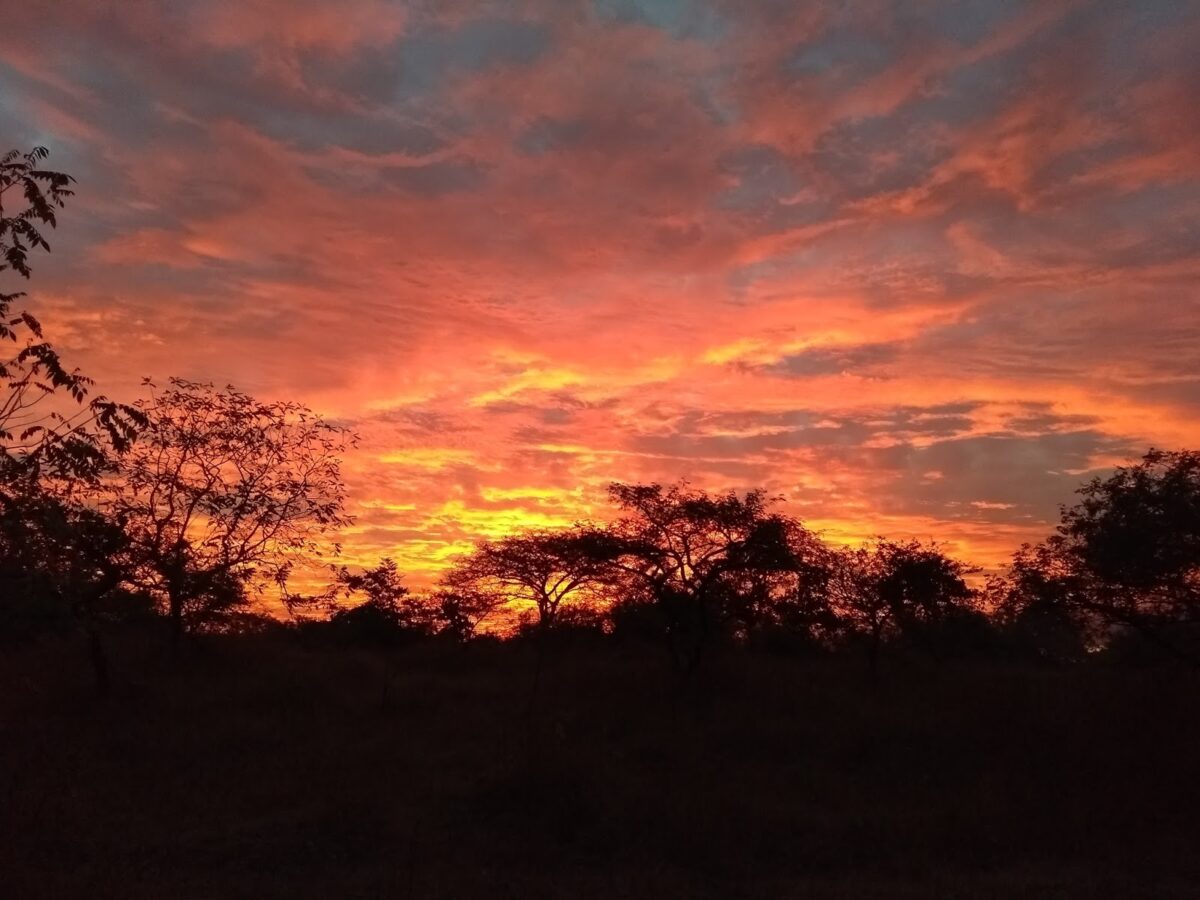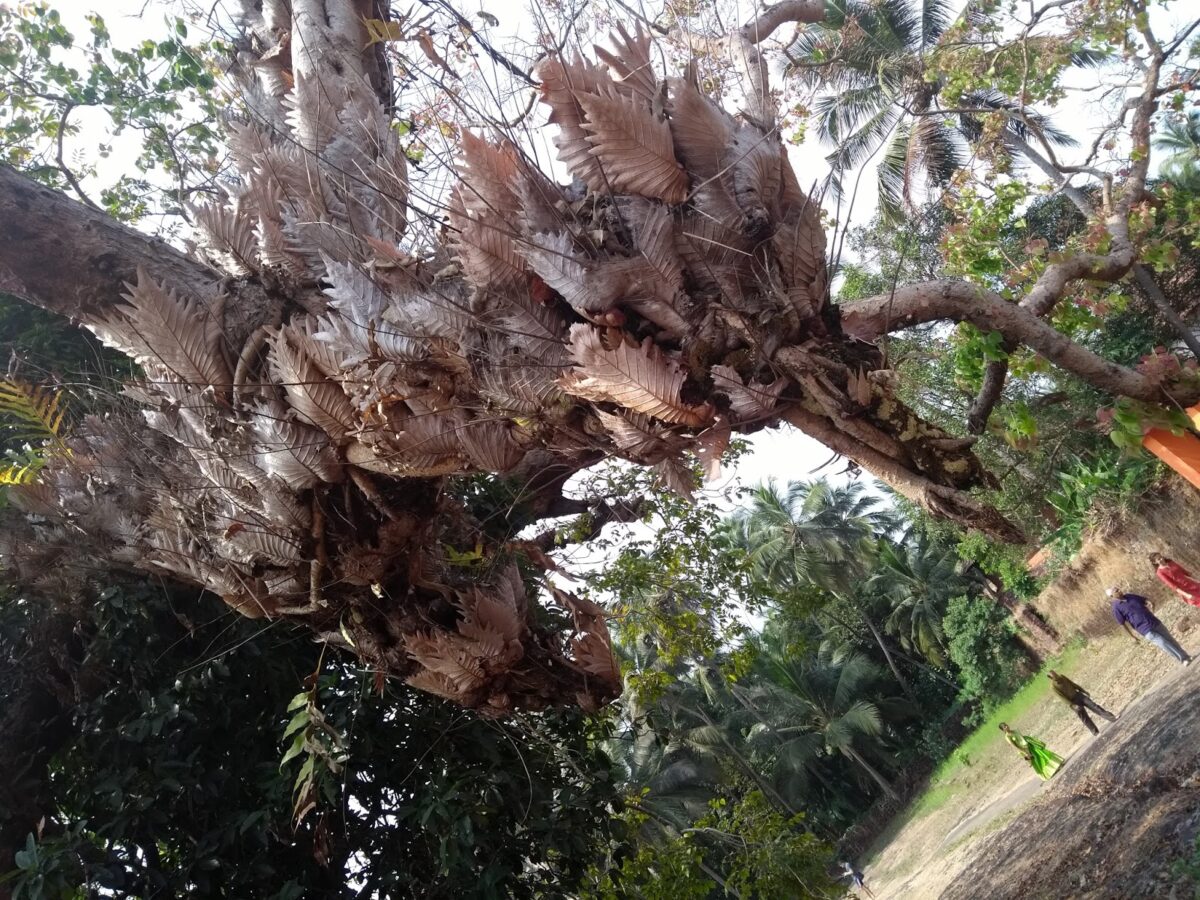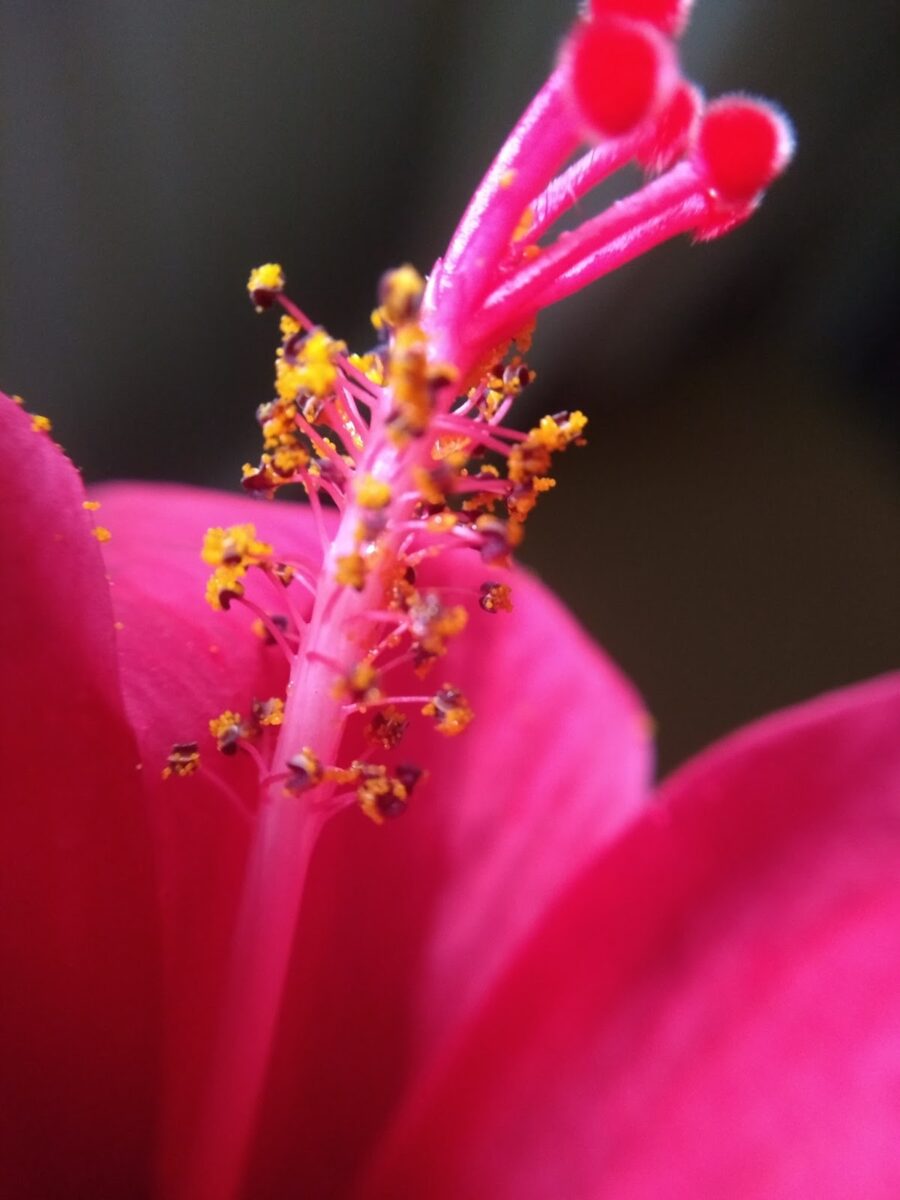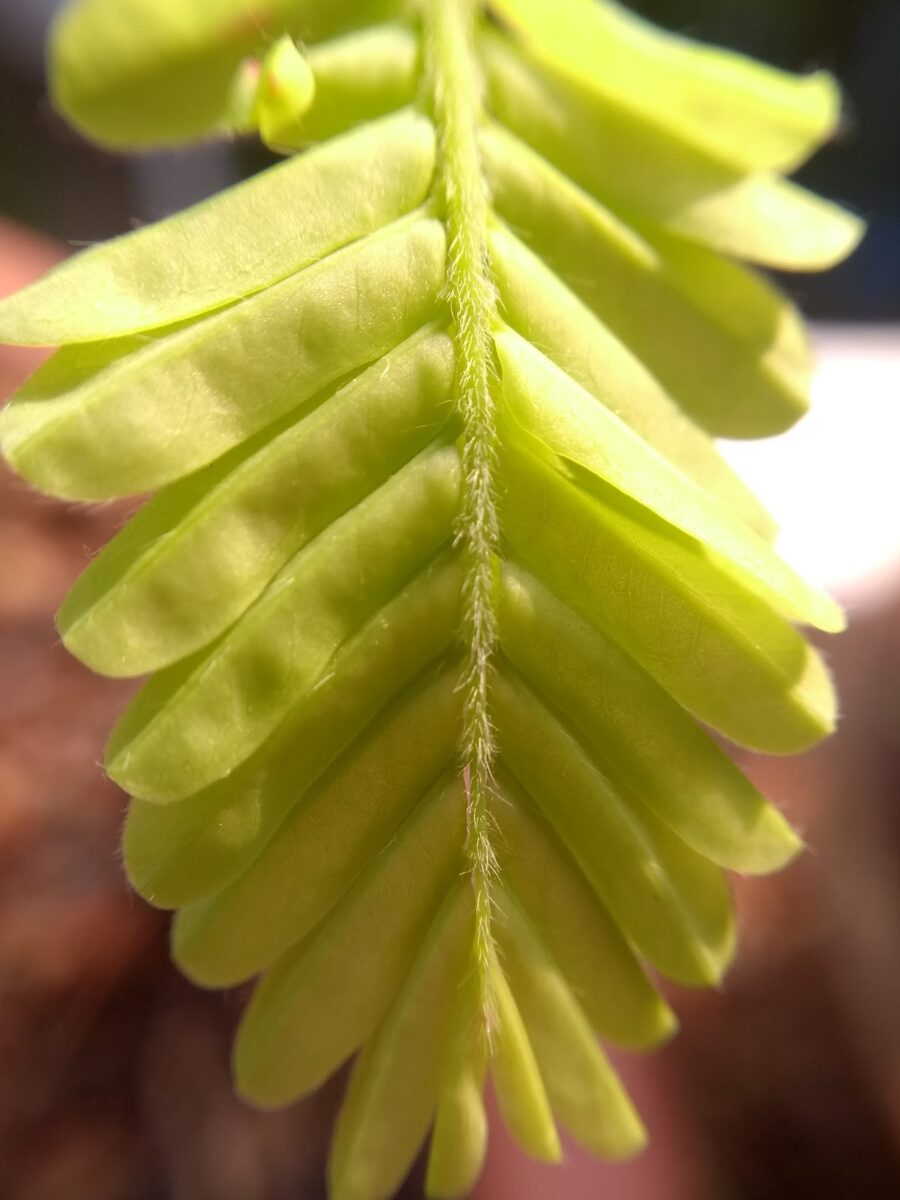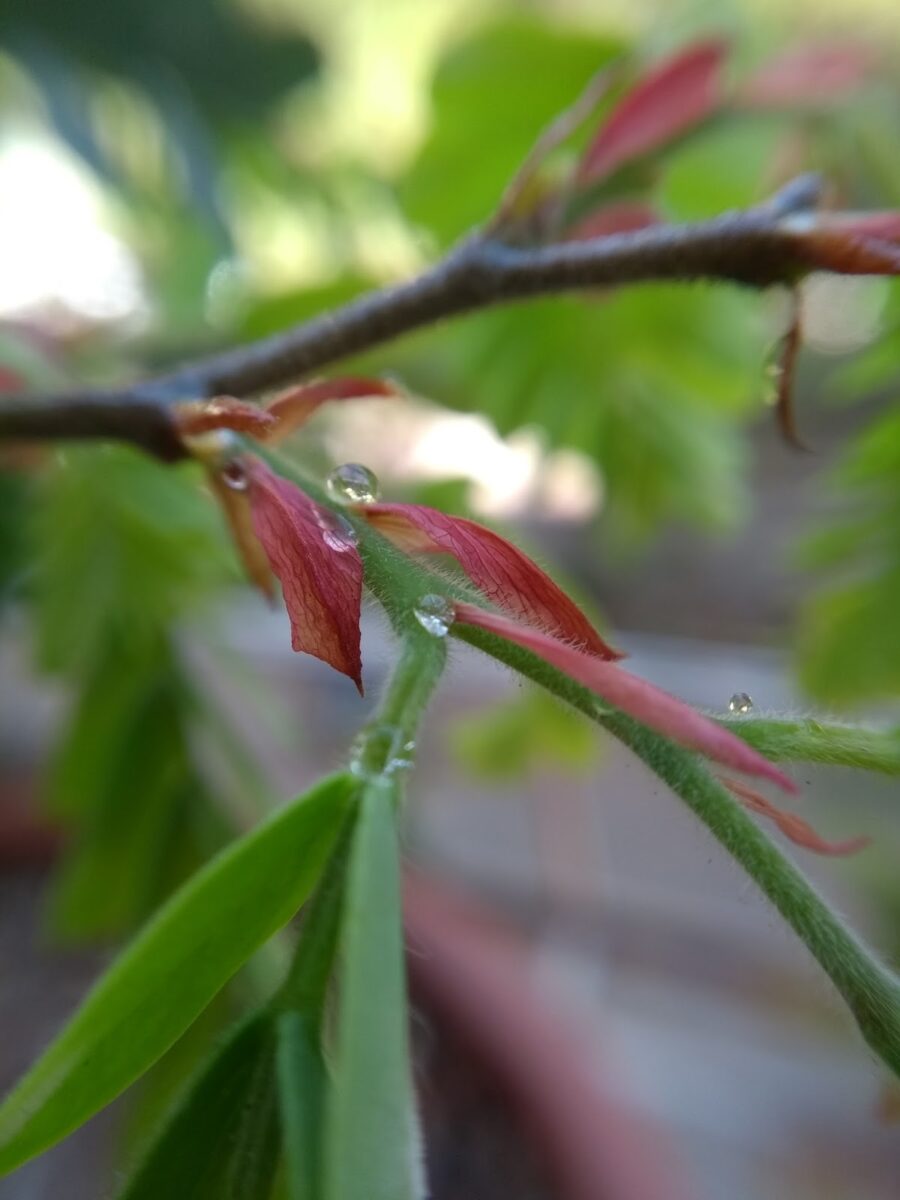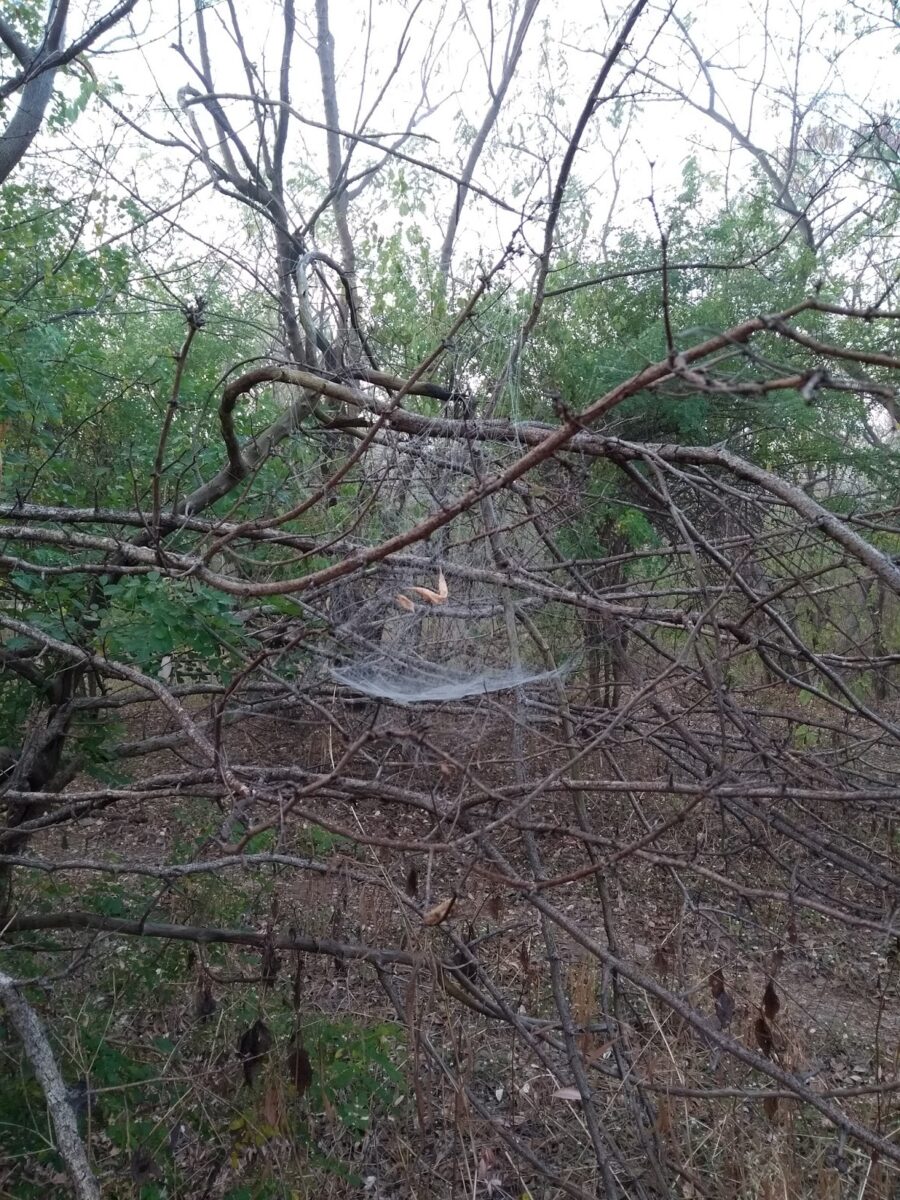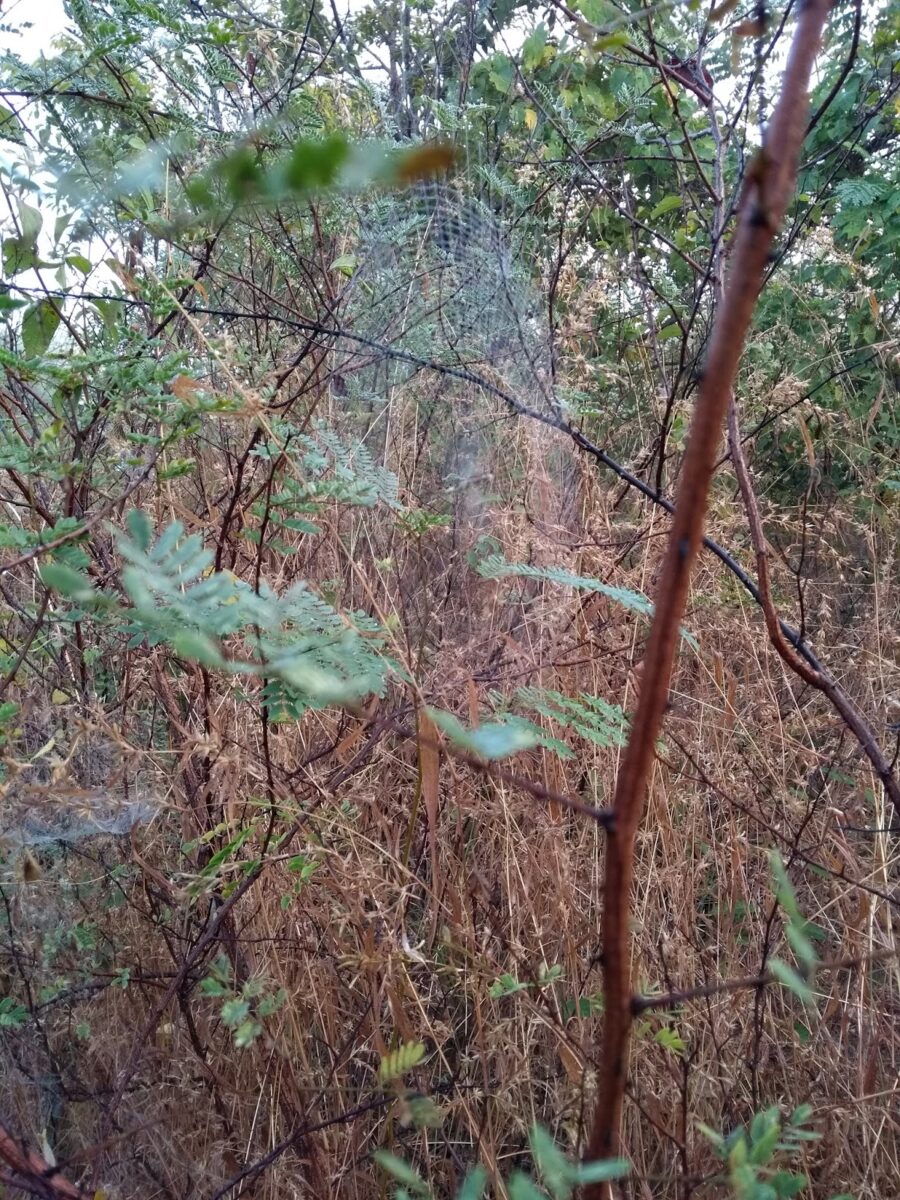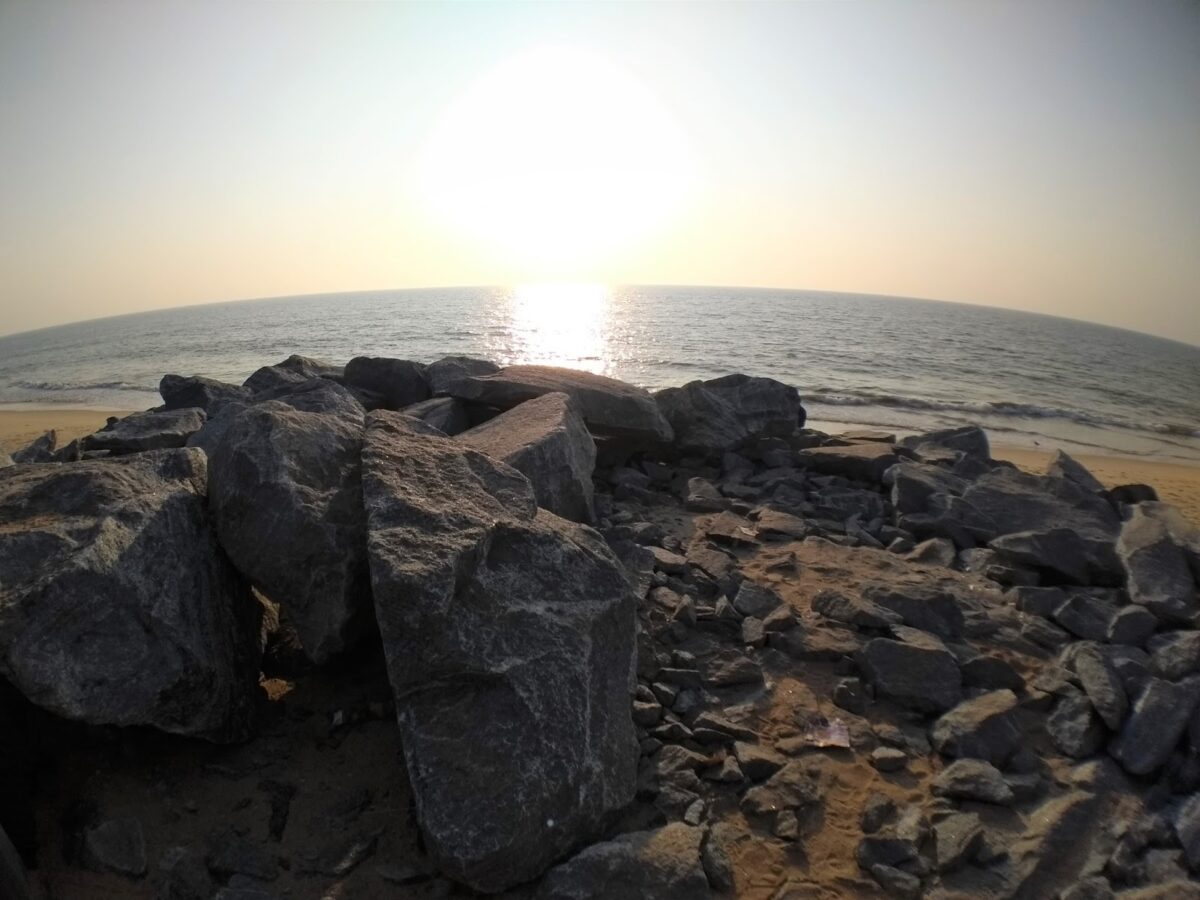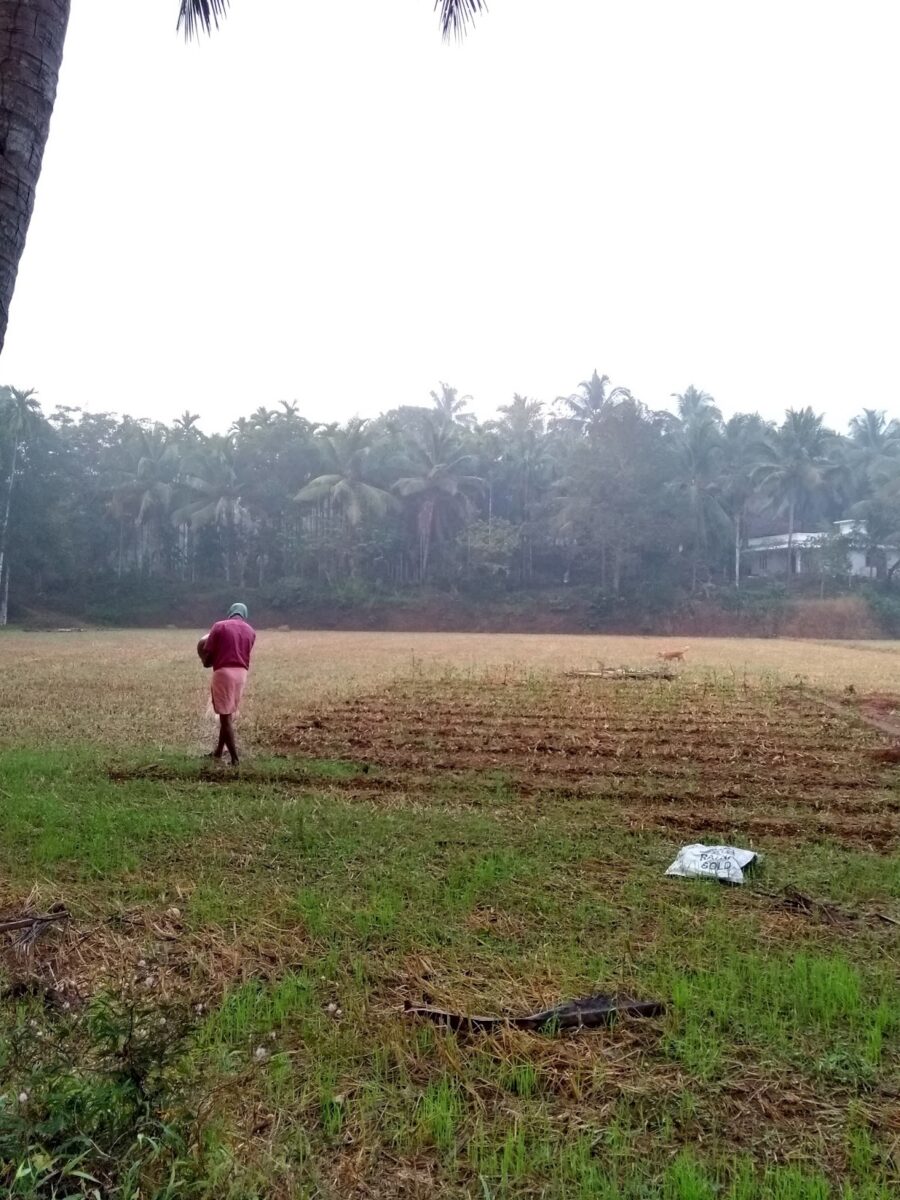
Flawed Beauty? (#ThursdayTreeLove)
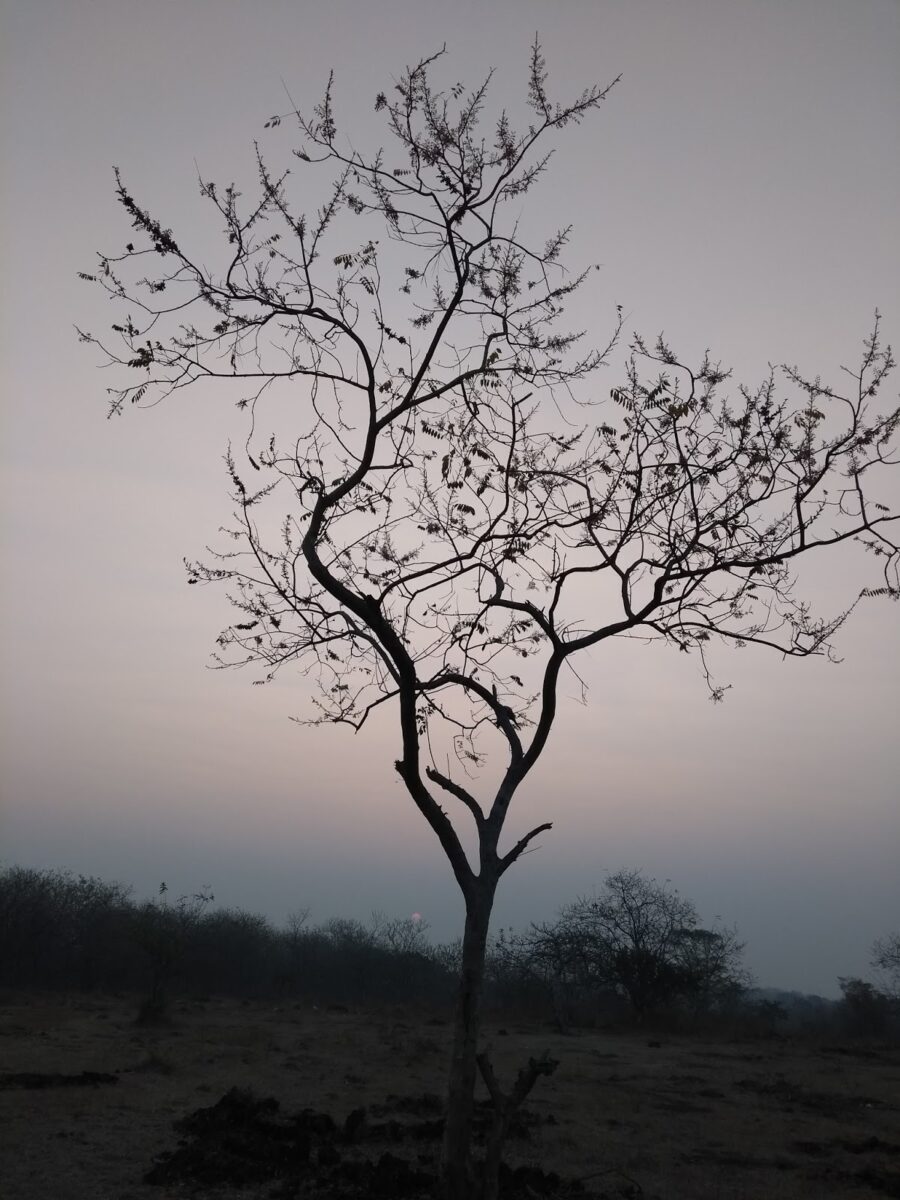
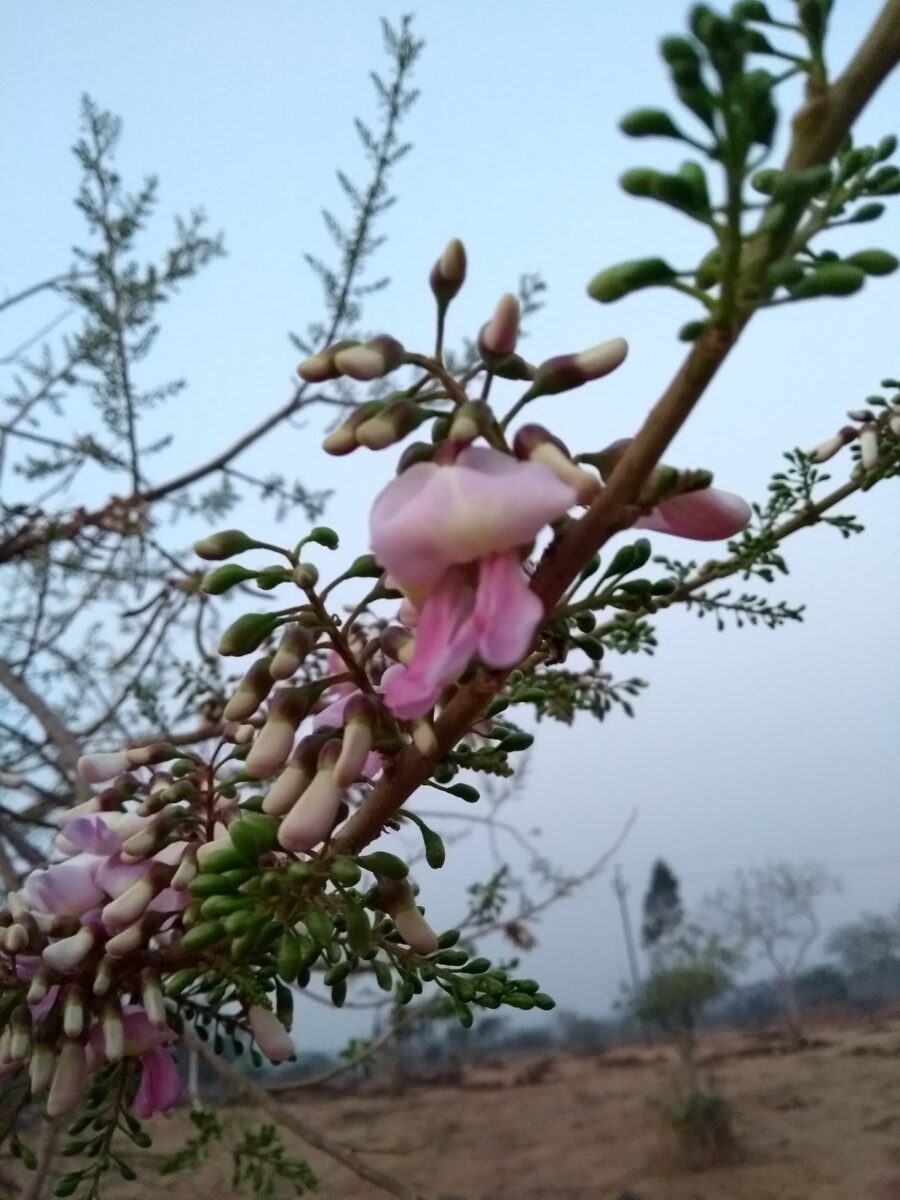 |
| Pink white flowers in racemes |
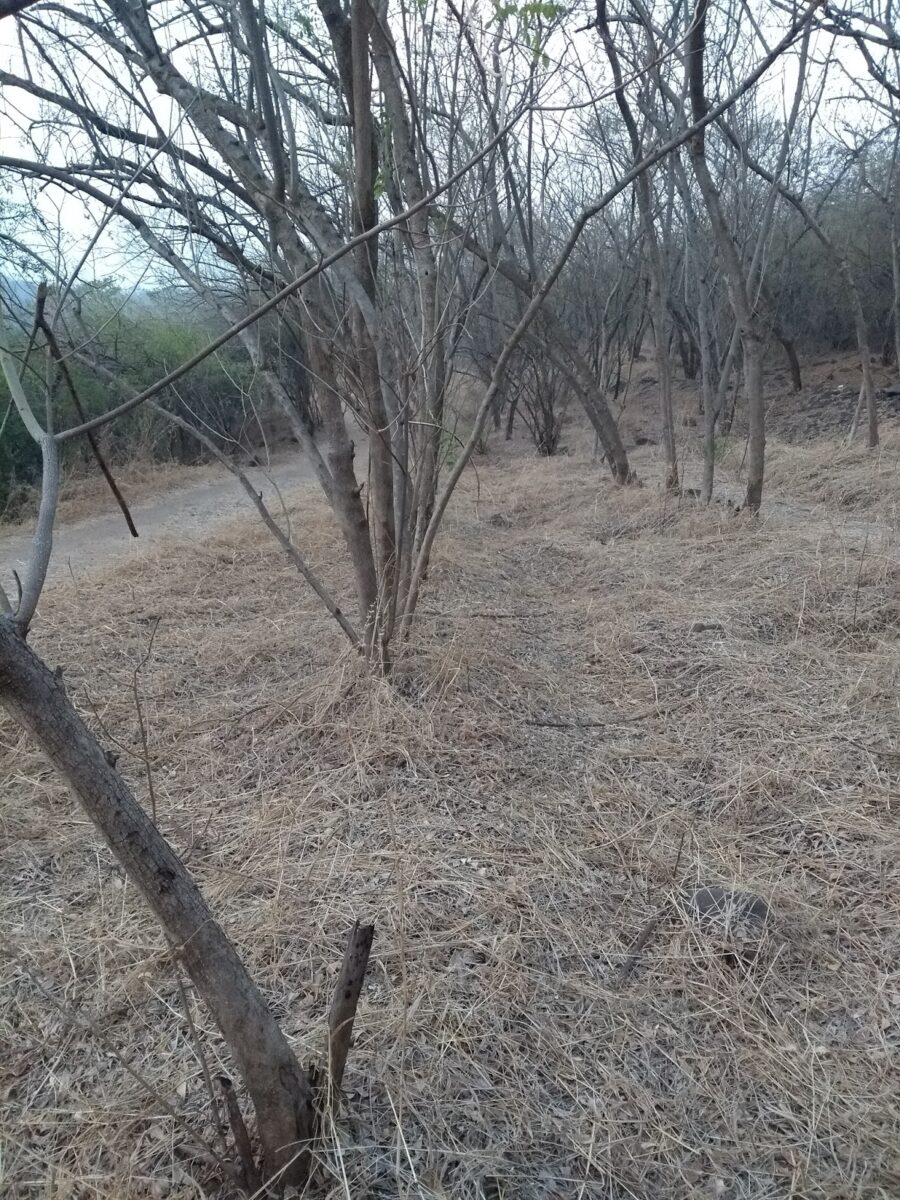 |
| Trees planted in systematic rows on Pune hills |
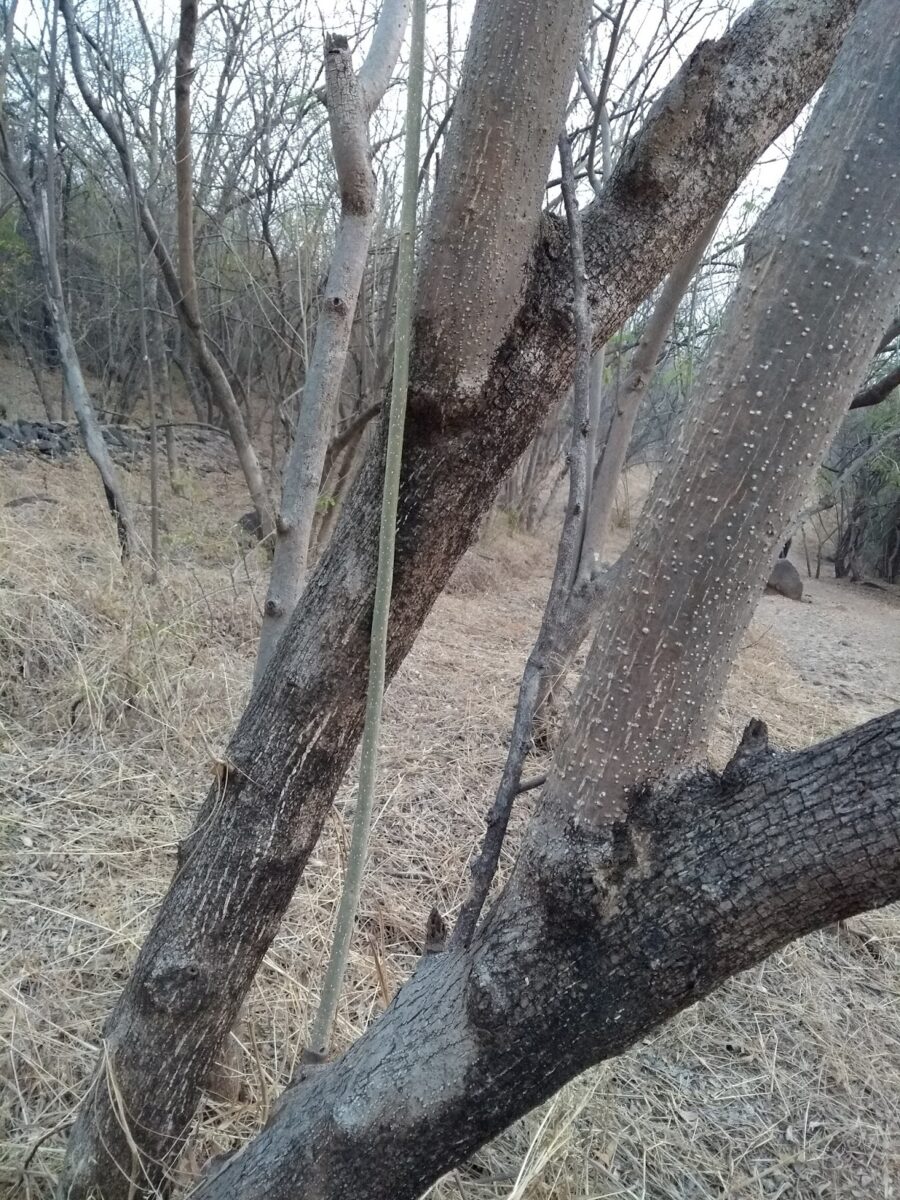 |
| Lenticels on the bark. The branches grow vertically up and easily help identify the tree |
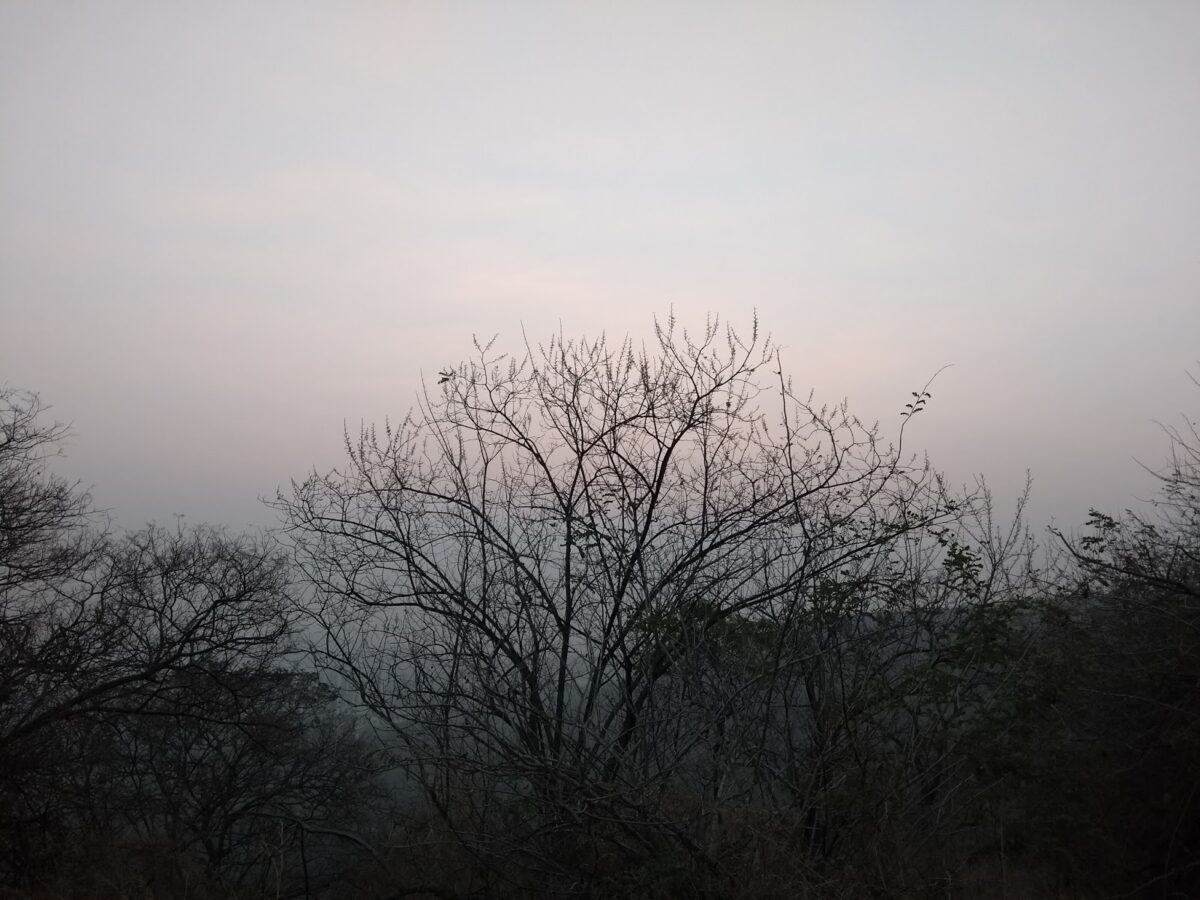 |
| A Gliricidia seen against the morning sky
So would you say this beauty is flawed?
I am participating in Parul’s #ThursdayTreeLove32. Do head over to see some amazing trees from around the world.
|
Fiery (Wordless Wednesday)
Dragon (Wordless Wednesday)
A Tree In A Temple (#ThursdayTreeLove)
Beautiful as the temple is, it was the Muchkunda tree growing in the courtyard that caught my eye.. It has a magnificently gnarled trunk (is that possible) and its roots seemed to have surfaced and uprooted some of the surrounding tiles. I have no idea if the Muchkunda is as old as the temple but it has certainly seen many a monsoons…
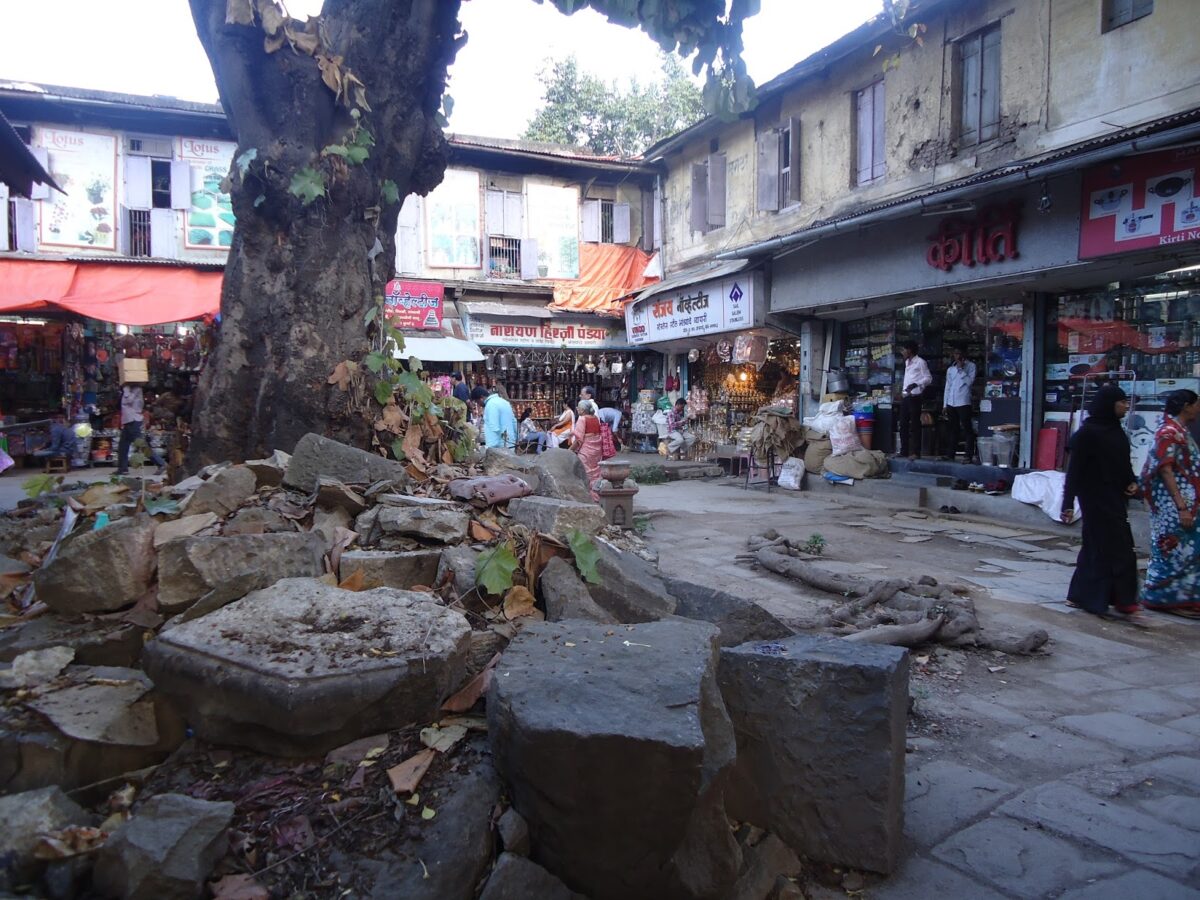
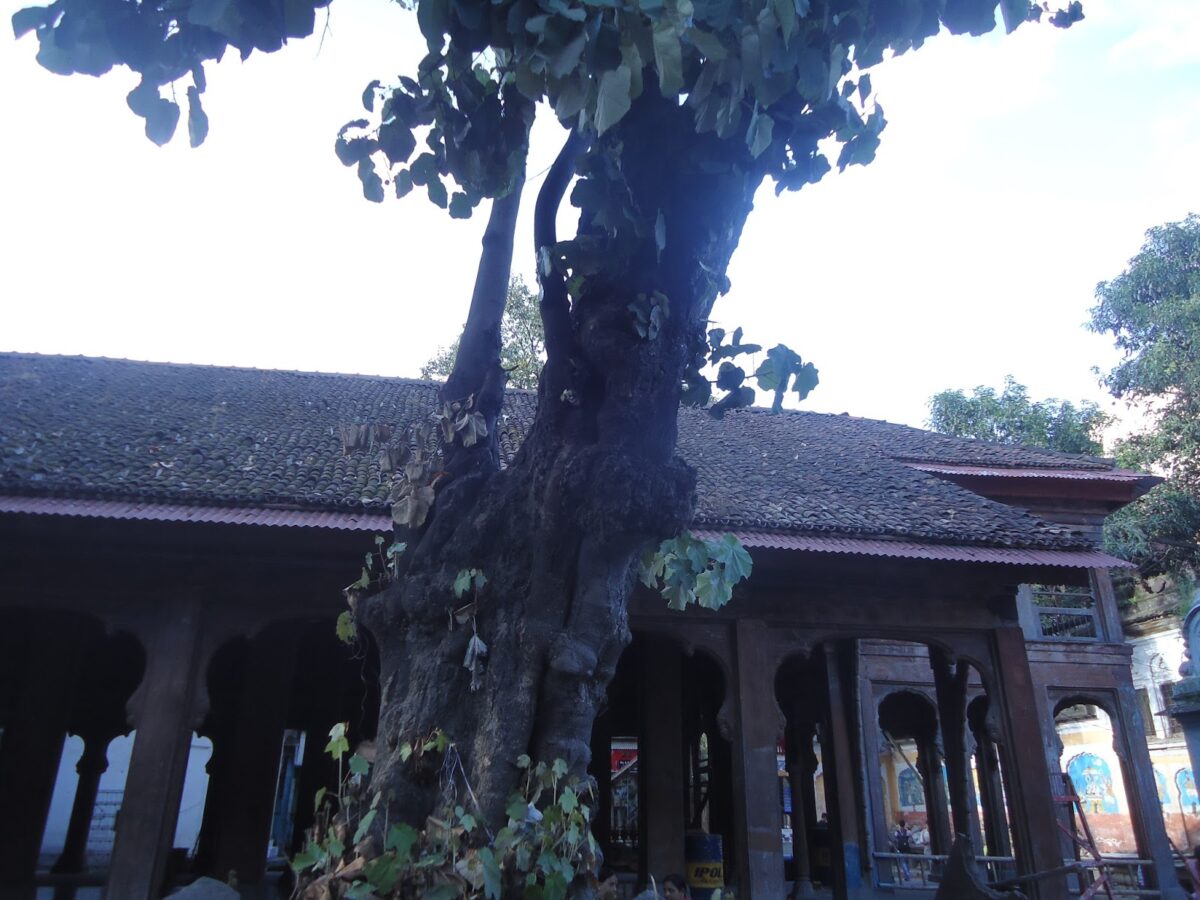
 |
| Notice the leaf shape and the flowers. This image of a Muchkunda located elsewhere |
Restoration works at the site have included creating a base of stones around the tree but I am not sure I really like that grey structure. Here are some more images
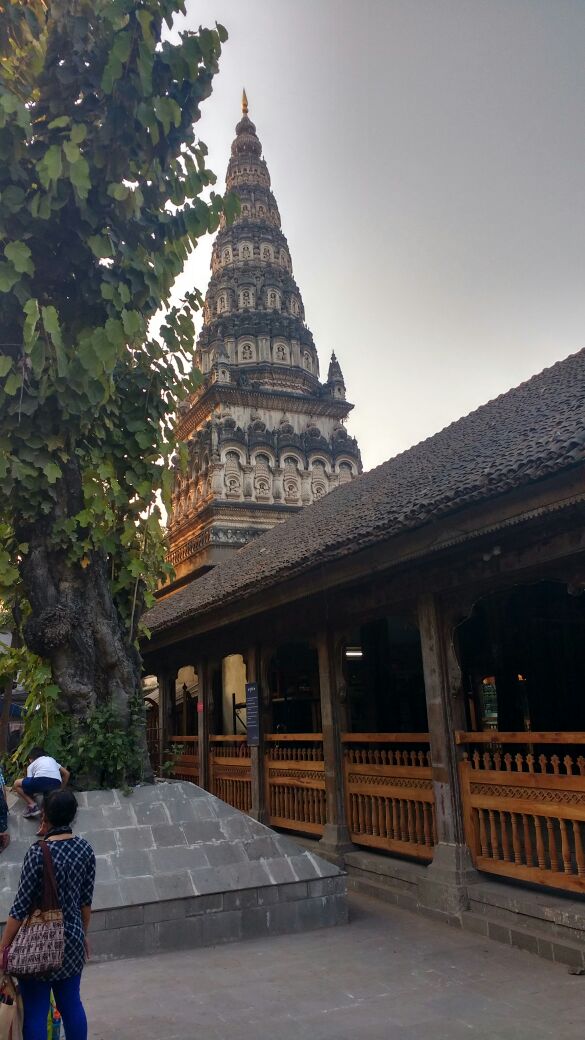 |
| The newly restored temple and the Muchkunda Tree |
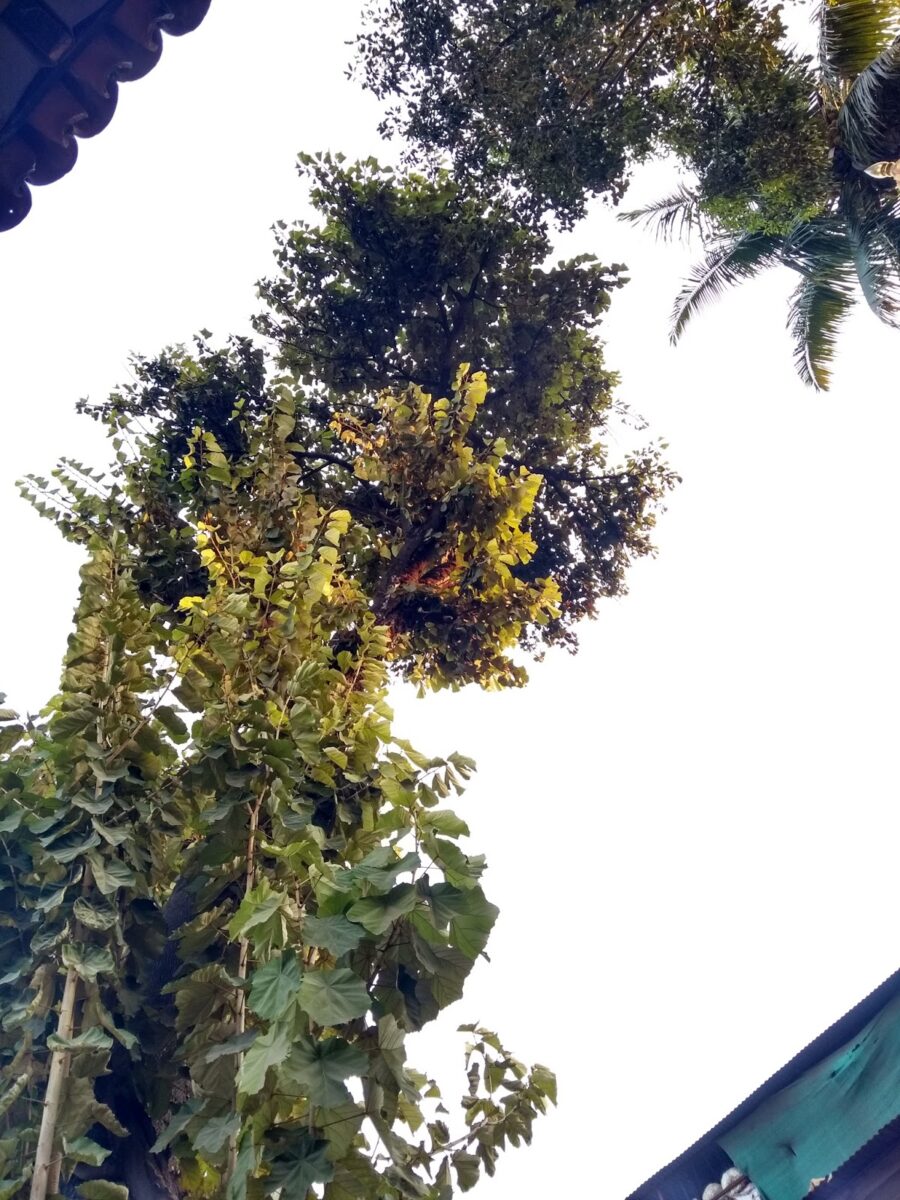 |
| Looking up! |
Research has revealed that the Pterospermum acerifolium has some mythological importance as well. You can read about it here and here.
If you ever get a chance to visit the Tulshibag in Pune, do not forget to admire the magnificent Muchkunda.
I am participating in Parul’s #ThursdayTreeLove31. It is a photo feature posted on the second and fourth Thursday of every month. Head over there to see some amazing trees from around the world!
Pink (Wordless Wednesday)
Tender Shoot (Wordless Wednesday)
Mother Tree (#ThursdayTreeLove)
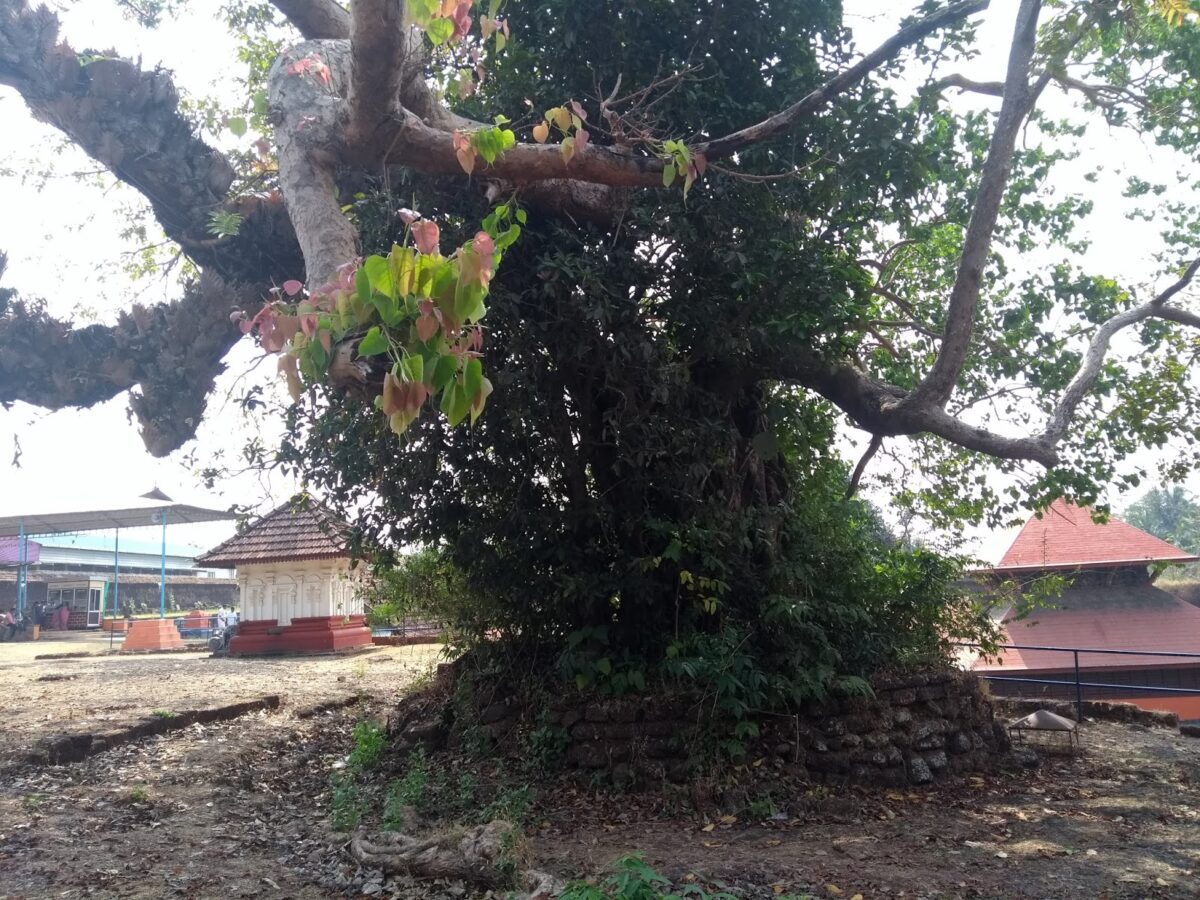
This tree caught my eye for two reasons, the interesting growth on its branch and a profusion of greenery at the base of its trunk.
As I went closer, it was clear that this was a very old Peepal (see the reddish heart shaped young leaves with typical pointy tips). The tree itself seemed to be a mother for the several species growing on or under or around it providing shade, support and nutrition. It doesn’t seem to discriminate between them. I am quite sure several animals must have made a residence there as well.
I wonder how old must the Peepal be?

Here is a another view of the branches.. The brown growth is a fern called Drynaria quercifolia or Oak Leaf Fern or Pocket Fern.
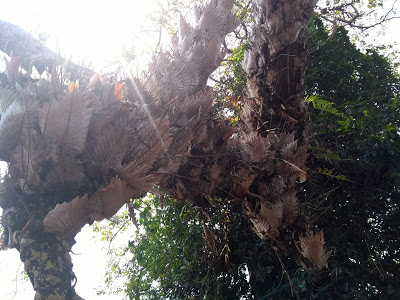
This is at the Ananthapura Lake Temple near Kasaragod in Kerala. This temple is known for its resident crocodile in the lake but we did not see it…
